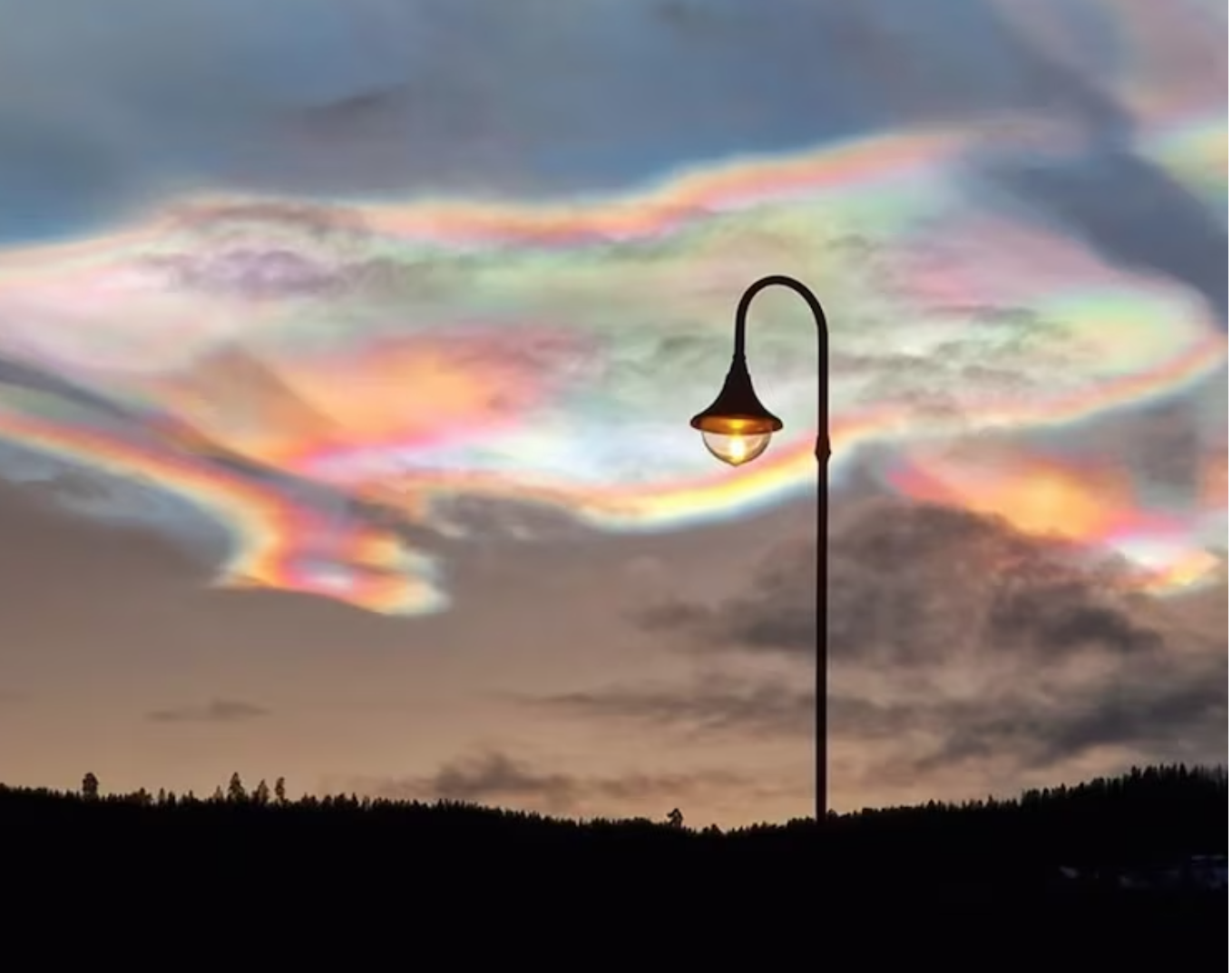Rare phenomena make the sky glow in Arctic. It’s not aurora
The Polar stratospheric clouds, also known as nacreous clouds, are among the rarest and most stunning atmospheric phenomena. Ramune Sapailaite, a local observer in Gran, Norway, captured the phenomenon on her cellphone, noting that while the clouds were present throughout the day, “the colours really exploded just before sunset.”
The Earth’s stratosphere is typically devoid of moisture, making it an unlikely place for cloud formation. However, under the extreme conditions of the Arctic winter, when temperatures plummet to around -85°C, sparse water vapour can condense into ice particles.
These particles scatter high-altitude sunlight, producing a brilliant display of iridescent colours that can be seen even when the sun is below the horizon.
This week’s sightings are particularly unusual given their timing. PSCs typically make their first appearance in January, but this year’s early onset in December suggests an atypical Arctic winter. The frequency of these clouds is often a harbinger of ozone depletion, as they play a crucial role in stratospheric chemistry.








